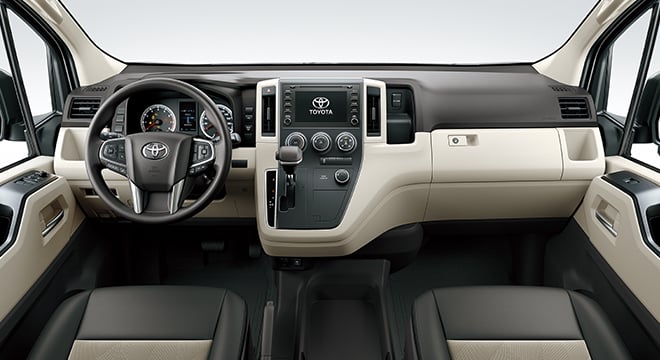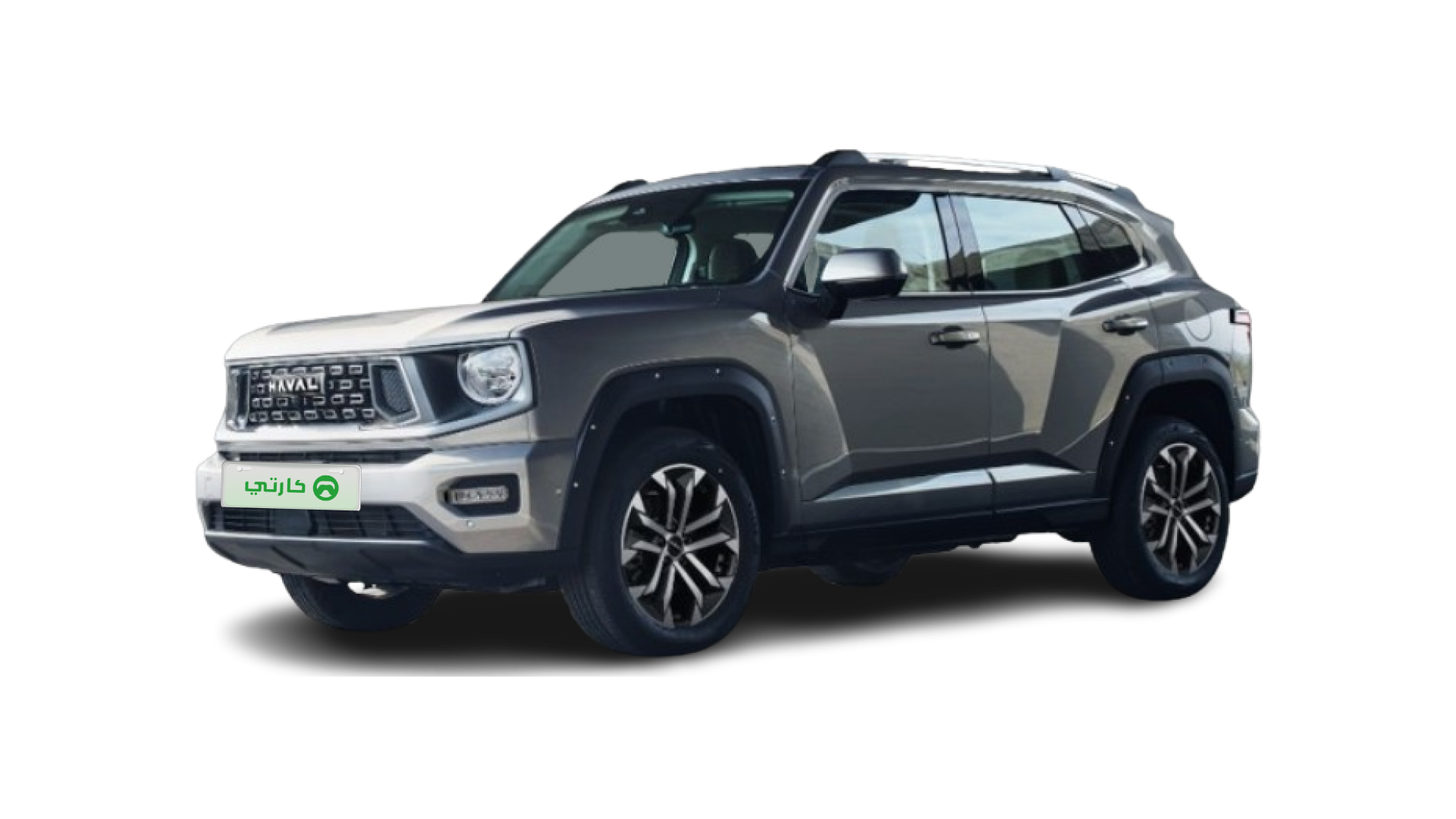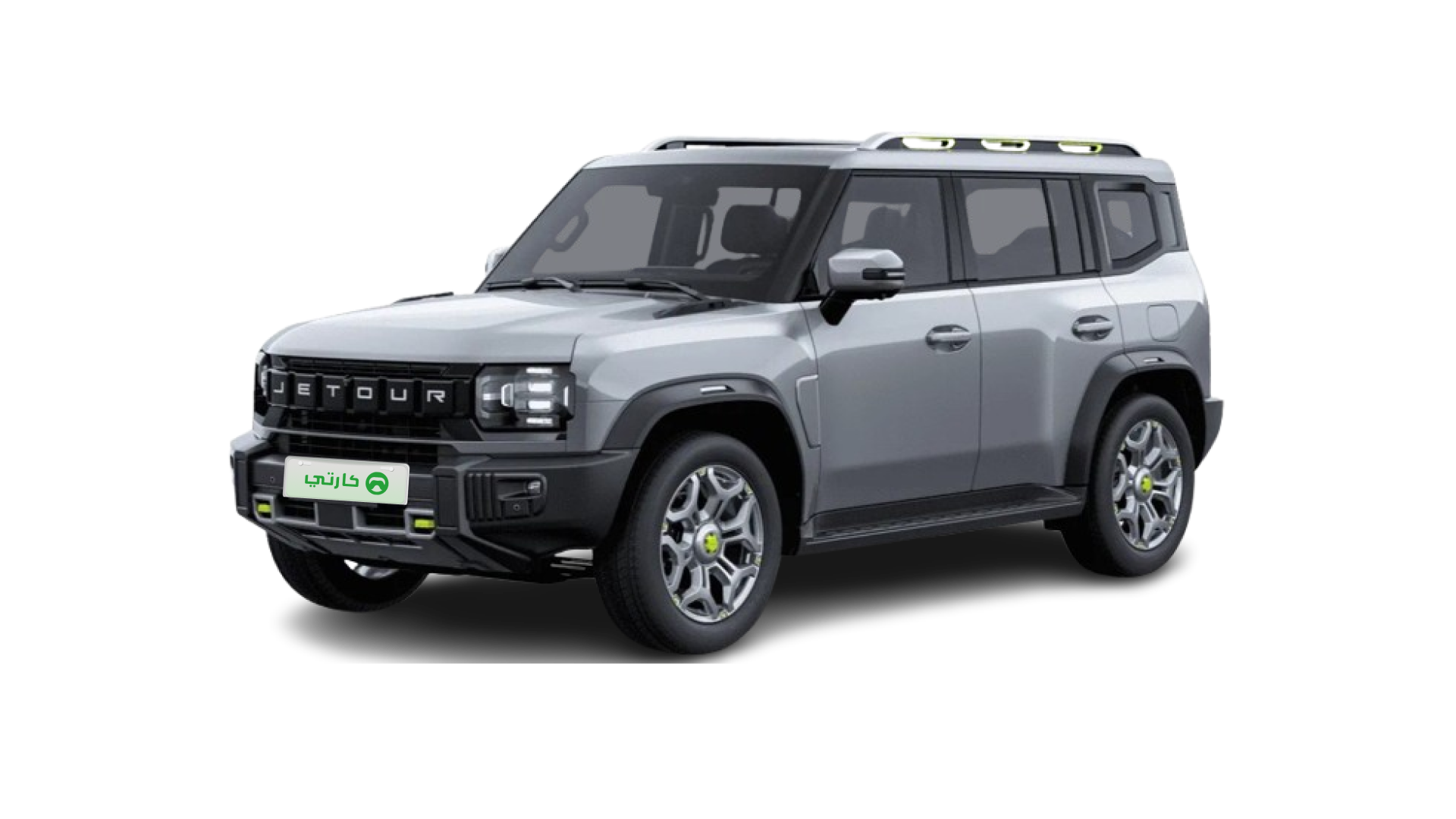Welcome to our comprehensive guide on the Toyota Hiace oil check! This practical guide is designed to help you confidently perform a toyota hiace oil check on your 2025 Toyota Hiace. Read on for clear, step-by-step instructions and essential tips tailored for Gulf region drivers.
How to Check Oil in Your 2025 Toyota Hiace
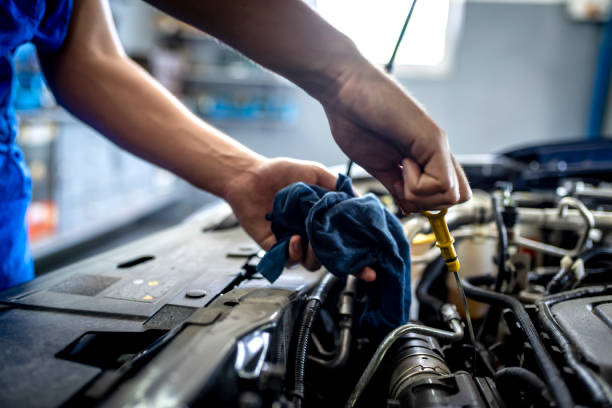
Tools You'll Need for Oil Level Inspection
Before you begin, gather a clean microfiber cloth, your 2025 owner's manual, and a pair of latex gloves if you prefer extra hygiene. Make sure you have the recommended oil types such as 5W-30 or 10W-40. These tools ensure a smooth engine oil level check and help avoid any mishaps. Having the right oil on hand also supports proper engine lubrication during challenging weather in regions like the UAE.
5-Step Oil Check Process
Park on Level GroundFind a flat surface to park and let your engine rest for at least 15 minutes. This pause allows the oil to settle evenly, which is especially important when driving in high ambient temperatures experienced in some Gulf countries (around 35°C). A stable base ensures that the dipstick reading remains accurate. You want to avoid any tilt that might lead to a misread engine oil level check.
Locate the DipstickOpen the engine compartment and look for the dipstick, typically marked with a yellow handle labeled 'ENGINE OIL'. Its location near the front-right cylinder bank makes it easy to spot. Taking a moment to identify this tool properly reduces misreadings during your dipstick reading. Being familiar with its position in your 2025 model can save time and prevent mistakes.
Properly Read the Oil LevelsRemove the dipstick and wipe it clean with your microfiber cloth before reinserting it. Once you pull it out again, check the oil level against the marked indicators. The scale will show a MIN level where you need to add oil and a MAX level representing the optimum fill. Use this simple table as a reference
Examine the Oil QualityA healthy oil sample from your 2025 Hiace should be a clear amber color without a burnt smell. Look for any signs of metal particles which might indicate engine wear. Checking the oil quality helps you determine if it’s time for a change. This is a key part of your maintenance schedule and dipstick reading process.
Top-Up ProcedureIf the oil level is below the MIN mark, gradually add up to 0.5L of the recommended oil at a time. Open the filler cap near the valve cover and pour in small amounts, keeping the dipstick reading in mind. This prevents overfilling and ensures that your engine continues to run smoothly. Remember, maintaining proper oil viscosity grades like 5W-30 or 10W-40 helps keep your engine in top shape.
Understanding Oil Maintenance for Longevity
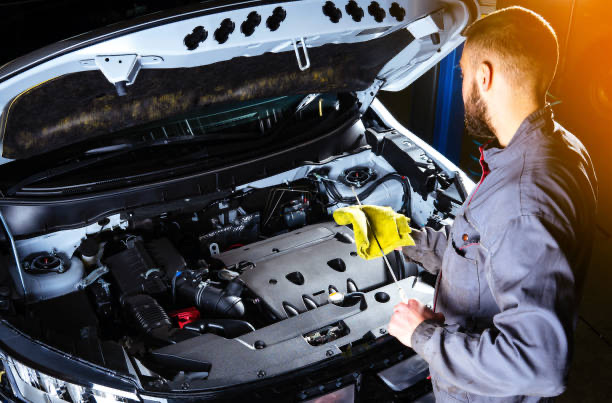
Recommended Service Intervals
For a longevity-focused approach, adhere to these service intervals:
Mileage | Recommended Action |
|---|---|
5,000 km | Visual oil inspection |
10,000 km | Full oil change and check |
15,000 km | Oil filter replacement |
These intervals serve as a guideline ensuring your engine oil remains effective and your vehicle performs at its best. Regular checks not only preserve engine health but also align with GCC maintenance standards.
3 Critical Oil Viscosity Tips
Use 10W-40 if you frequently drive in desert conditions where higher temperatures prevail.
Opt for 5W-30 synthetic oil if most of your driving is in urban areas with steadier temperatures.
Avoid mixing different viscosity grades to maintain consistency in engine lubrication.
These simple tips help preserve your vehicle’s performance, especially in regions with extreme climates like the UAE or Saudi Arabia (AED/SAR considerations).
Smart Maintenance Features in 2025 Models
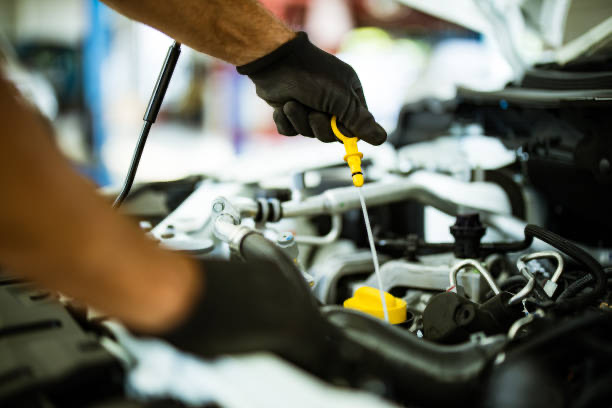
Modern 2025 Toyota Hiace models often include smart maintenance features:
A predictive oil life monitor with about 90% accuracy
Automatic leak detection alerts that notify you promptly
A digital dipstick feature integrated with the infotainment system to simplify the oil check process
These innovations make it easier for you to schedule timely oil changes and ensure your engine stays in prime condition.
Avoiding Common Oil Check Mistakes

Temperature-Related Errors
Avoid checking the engine oil when it is too cold (below 60°C), as this can lead to inaccurate readings.
Don’t underestimate the effect of thermal expansion on oil volume during peak summer days, common in many Gulf regions.
Steer clear of using unapproved oil additives that might interfere with your engine oil's performance.
Maintenance Schedule Traps
Do not ignore the importance of related components like the cabin air filter, which can indirectly affect engine performance.
Ensure you also inspect the oil pan gasket regularly to prevent leaks.
Remember that turbocharged versions might need special attention in lubrication.
Pro Tip: Schedule your oil changes early in the morning during UAE summers, around 6-7 AM, to ensure optimal fluid consistency and a better engine performance reading.
FAQ
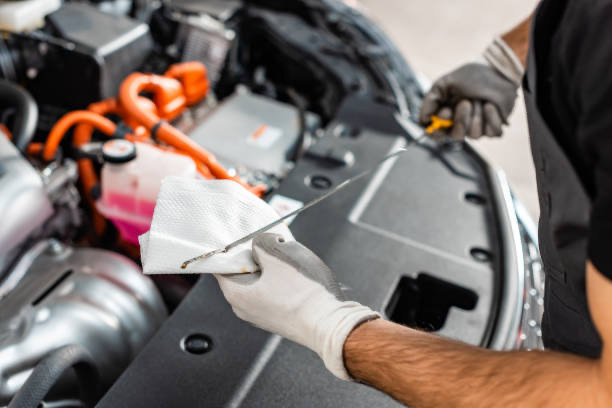
Q1:How often should I perform a Toyota Hiace oil check?
You should check your engine oil every 1,000 kilometers or at least once a month. This ensures that your oil level remains within the recommended range, especially under the high temperatures found in the Gulf. Regular checks support your vehicle’s longevity and help you avoid potential engine issues. Keeping up with oil change intervals and performing routine engine oil level checks can be a simple yet effective part of your car care routine.
Q2:What steps should I follow for an accurate engine oil level check?
Start by parking on a level surface and let your engine cool for 15 minutes. Locate the dipstick using its yellow handle, wipe it clean, then reinsert and remove it for a proper dipstick reading. Compare the oil level against the MIN and MAX markings to decide if an oil top-up is needed. Following these clear, step-by-step instructions ensures your Toyota Hiace maintains proper oil viscosity and optimal engine performance.
Q3:Which oil viscosity grades are ideal for my 2025 Toyota Hiace in a Gulf climate?
For high-temperature conditions common in the UAE and Saudi Arabia, use 10W-40 oil when driving in desert areas. If your daily driving involves urban settings with less extreme temperatures, 5W-30 synthetic oil is a suitable choice. Consistency in using the recommended oil viscosity grade helps your engine work efficiently under varying temperatures. Always refer to your owner’s manual and consider your driving conditions to choose the best grade.
Q4:Can I mix different oil viscosity grades if circumstances require it?
It is strongly advised not to mix different viscosity grades because doing so can compromise the oil’s overall performance. Each grade is formulated to maintain specific engine temperatures and loads, ensuring consistent lubrication. Mixing them might lead to uneven engine wear and reduced efficiency. Always stick to one quality oil type to preserve the durability of your engine's components.
This article is for reference only, please refer to local laws and regulations for the most current legal standards.
Read More:
How to Make Appointment for Car Inspection :Your Complete Guide
3 pics

Mustafa Karim, having been deeply involved in automotive research and development for over ten years. He is fond of Japanese cars, and their precise and energy-efficient features have influenced him. In his spare time, he loves Japanese anime and kendo, drawing inspiration from them for control system research and development. He also often shares cutting-edge automotive knowledge on platforms, contributing to industry innovation and adding strength to automotive development with his expertise.

